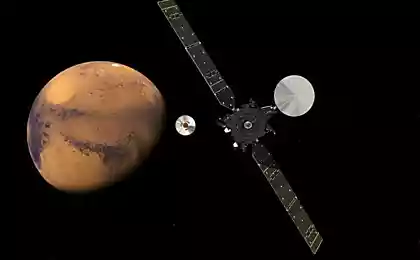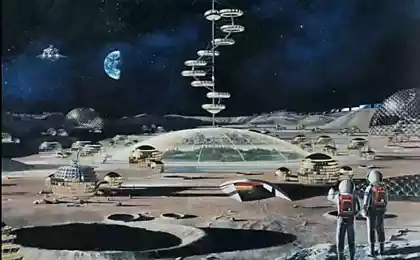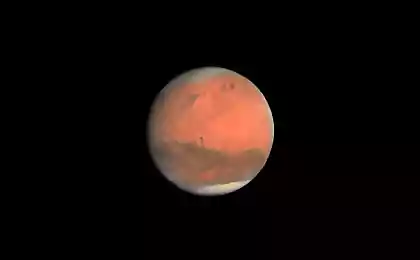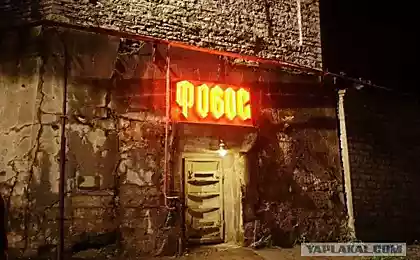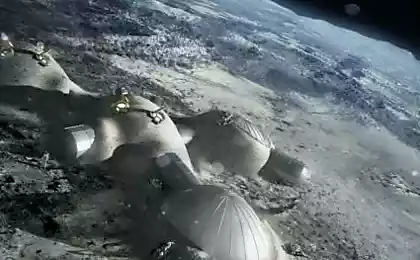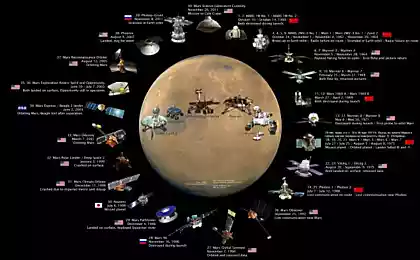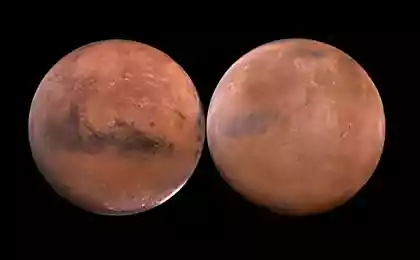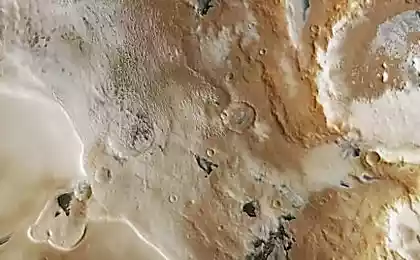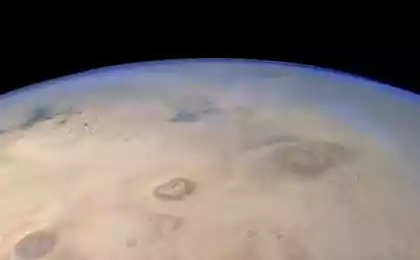431
Selected a possible landing spot for the European ExoMars
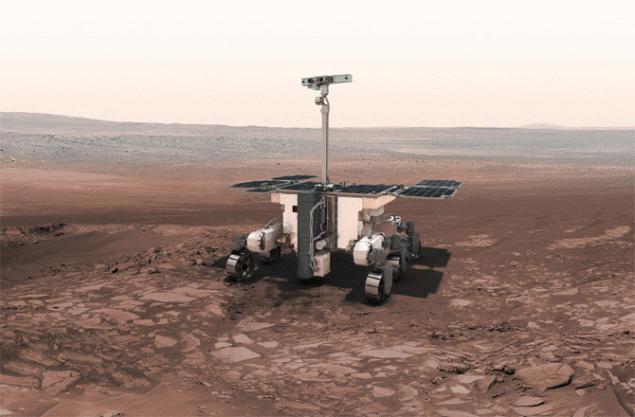
The European space Agency is eyeing four possible sites for landing the Mars Rover, which will search for life on the red planet in 2018. All of the potential ExoMars landing site near the equator of the planet, where ancient rocks could reveal clues about the wet past of Mars.
The ExoMars program — a joint effort of the European space Agency and Roscosmos — has two missions. The Orbiter spokeman ground apparatus "Schiaparelli" should be launched in January 2016 and arrive at Mars nine months later. 300-pound Rover will leave the Earth in may 2018 and will land in January 2019.
"The current surface of Mars is a hostile place for living organisms, but primitive life may have found refuge when the climate was warmer and wetter, around 3.5-4 billion years ago — said in a statement, Jorge Vago, ExoMars project scientist. — Therefore, our landing site should be in the region of ancient rocks, where the abundance was flowing liquid water. Our initial assessment identified four landing sites that are best suited for the scientific goals of the mission."
The scientific community was requested to propose a possible landing spot for the ExoMars Rover in December 2013. Official representatives of ESA has selected four clear favorite of the eight proposals discussed in the workshop. Among them — Mawrth Vallis, Oxia Planum, Hypanis Vallis and Aram Dorsum, each of which is yet to be fully analysed. Next steps will include modeling to assess the likelihood of a successful landing.
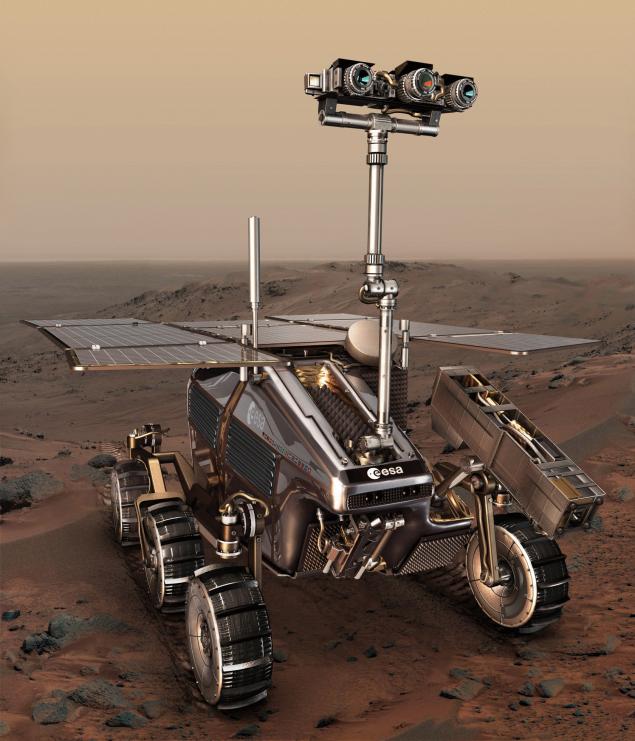
Vast rocky ledges in Mawrth Vallis and Oxia Planum is rich in clay, which hints at the presence of water in the past, and their age is more than 3.8 billion years. Rocks with different composition were subjected to erosion only the last few hundred million years. It is relatively recently when compared with other rocky outcrops of the mountain layers on Mars, so scientists hope that the rock is well preserved, despite exposure to harsh radiation and oxidation.
Hypanis Vallis, meanwhile, is in the area, which is similar to the remains of an ancient river Delta with various layers of fine-grained rocks deposited around a 3.45 billion years ago. Lastly, the Aram Dorsum is the area in the form of the bisected channel surrounded by rocks, which is rich in sediments that are similar to those that are around the Nile river, according to scientists.
"Although all four seats is extremely interesting from a scientific point of view, they must possess the operational and technical characteristics for a safe landing and research areas," Vago said in a statement.
Final decision will be made by 2017.
Source: hi-news.ru
New car GPS Navigator can reduce the energy consumption of electric vehicle in twice
A new type of interaction with reality
